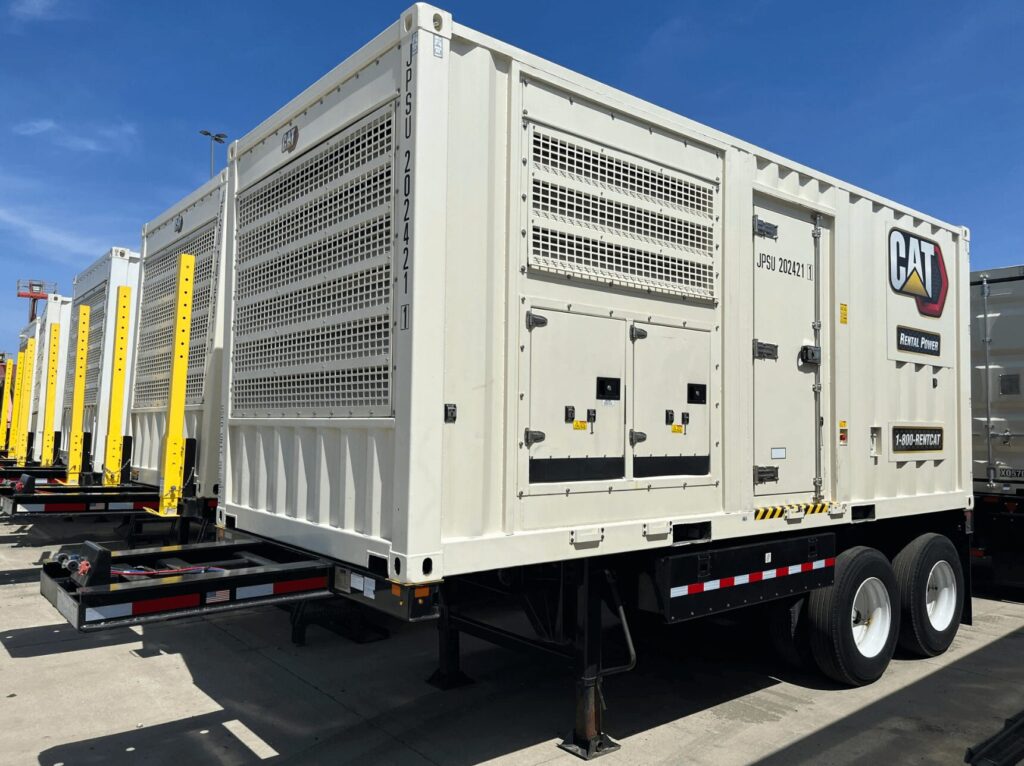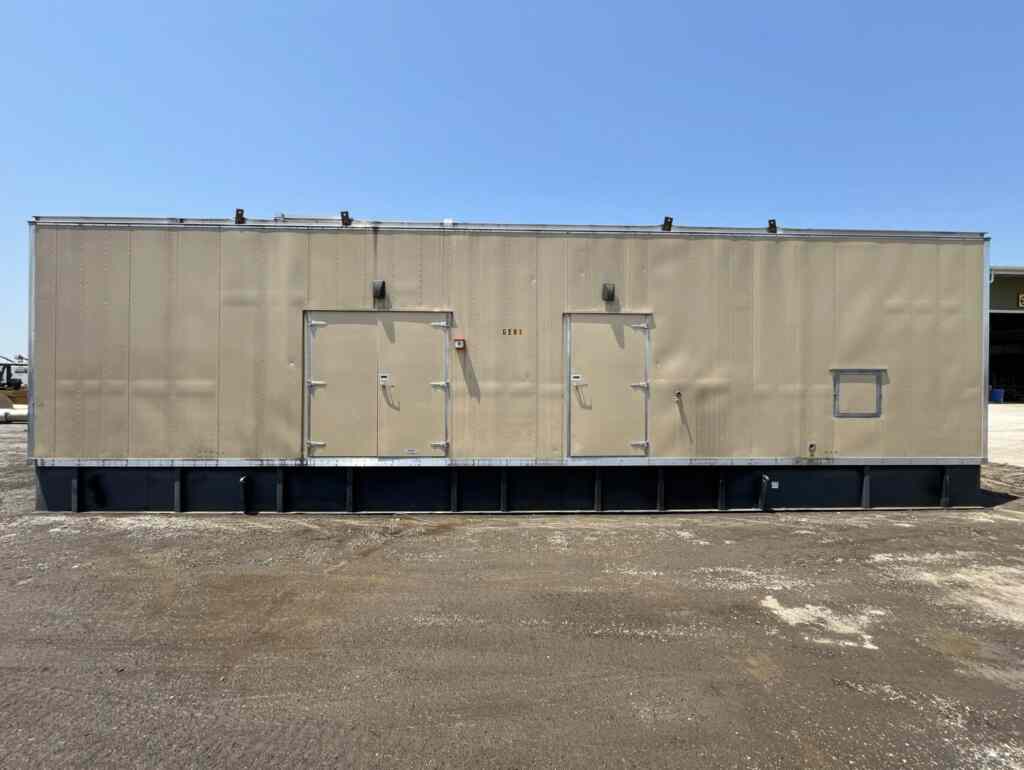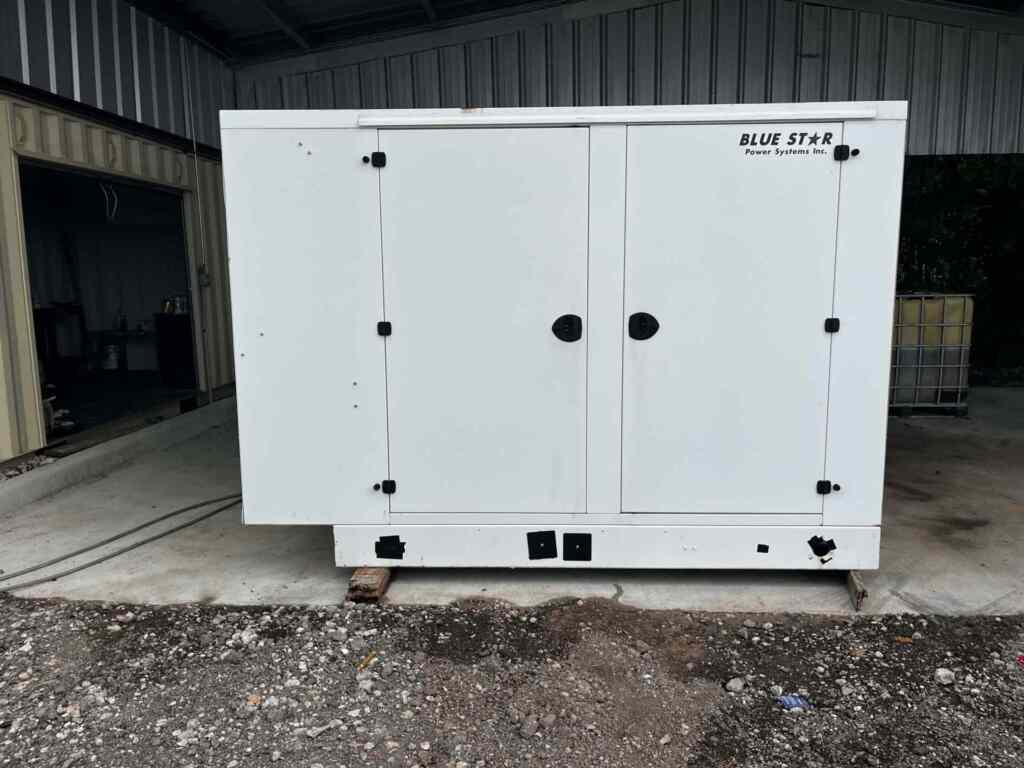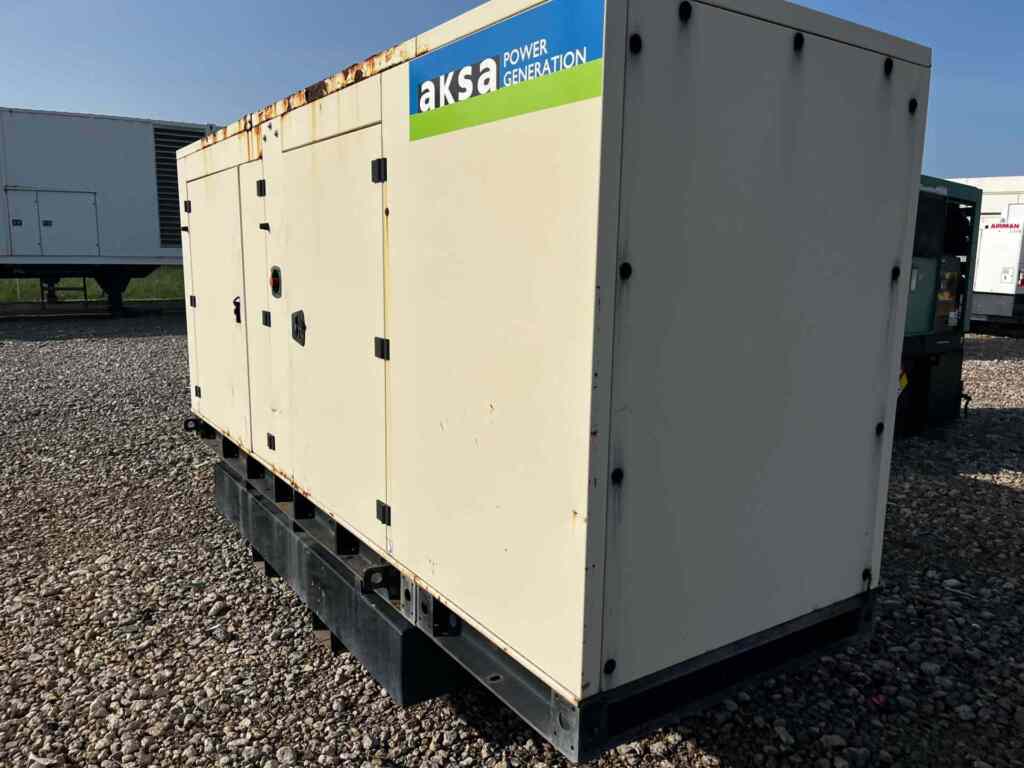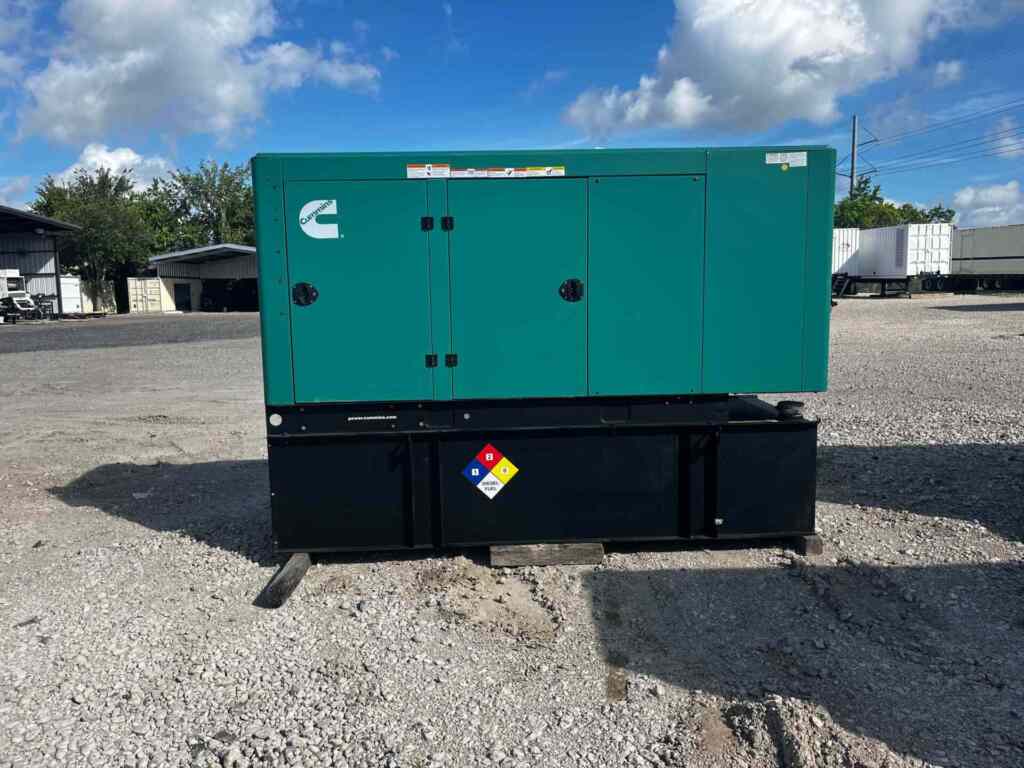Industrial diesel generators serve a vital purpose, acting as backup power sources during emergencies and providing invaluable standby power during outages. Diesel generators are dependable when properly maintained; for example, by routinely using fuel additives for generators. However, very few people understand how to store diesel fuel so it can be used during an emergency. Many of these misunderstandings stem from not understanding the basics of diesel fuel.
5 Basic Facts about Diesel Fuel
Diesel is a preferred fuel source for industrial generators. Diesel generators burn less fuel than their gasoline counterparts, which means significant cost savings and longer run times for operators. However, it is important to understand the basics of this fuel source so you are prepared during an emergency.
- The shelf life of diesel fuel is less than one year. Biodiesel has an even shorter shelf life of approximately six months.
- Diesel fuel is more susceptible to accelerated aging. This is caused in large part by the way it is processed.
- Diesel fuel is often contaminated on delivery. Microbes enter through air vents in the delivery truck, ultimately leading to contamination.
- When combined with biodiesel, diesel fuel will absorb more water than conventional diesel.
- Diesel fuel must be properly maintained for long-term storage.
How To Tell If Your Diesel Fuel Has Gone Bad
Using contaminated fuel is bad for your generator, so it is important to know when your diesel fuel has gone bad. Sometimes this can be easy. For example, if your stored diesel fuel has turned dark or you can see high concentrations of particulates in the tank, you have a problem. However, diesel fuel may not always look bad. It is important to take samples of the stored fuel from different areas of the fuel system and have it tested regularly.
One of the easiest ways to prevent diesel contamination is to use fuel additives for generators in your generator’s fuel tank. Another important step is to treat your stored diesel fuel with a biocide that will stop contamination before it begins. Biocides help prevent the growth of bacteria and fungi that can thrive in the water-diesel interface. Once these microbes are present, they multiply quickly and are hard to destroy.
How To Clean A Generator Fuel Tank: A Step-by-Step Guide
If you’re truly committed to maintaining your industrial diesel generator, learning how to clean a generator fuel tank is critical. A clean tank and clean fuel mean better performance for your generator. If your generator’s tank is clean and the rest of it has been properly maintained, it will function more efficiently – allowing you to receive the best bang for your buck.
While cleaning a fuel tank can be quite involved, it’s not impossible for the mechanically minded. Keep reading to learn how to clean your generator for a power boost.
- First, remove the spark plug lead.
- Next, clamp the fuel line shut, near where it attaches to the carburetor. Remove the fuel tank for a visual inspection.
- Use a flashlight to look inside the tank. Check for debris and rust. If any light shines through, you know you may have holes and/or cracks in the tank. If this is the case, you need to replace the fuel tank.
- Next, remove any debris from the tank. Add some water and slosh it around to try to get the debris loose.
- Inspect the existing fuel filter for debris. If it looks clean, reinstall it. Otherwise, replace it. Reinstall the fuel tank, secure it in place, and reattach and secure the fuel lines.
- Finally, treat the clean tank with a fuel additive for generators. Run the generator at load for a little bit, shut it off, and check the fuel filter. You may find that additional debris has been freed from the tank. If so, change the filter and treat the fuel in the tank with a biocide to kill dormant microbes.
While preventive maintenance can take time out of your day, it is necessary to ensure that your generator will perform when you need it most. Learning how to clean a generator fuel tank and when to use fuel additives for generators can prolong the life of your generator for years to come.
What Are The Benefits To Cleaning A Generator Fuel Tank?
Fuel tank cleaning is part of any good generator maintenance plan. There are many benefits to working this into your generator’s preventive maintenance schedule, but the top three benefits are listed below.
- Prevent loss of power – even if your stored fuel is pristine, a dirty generator fuel tank will contaminate it. Contaminated or dirty diesel fuel causes poor performance, so you won’t get the best out of your generator when you need it most.
- Save money – a clean tank and clean fuel source means better performance for your generator. If your generator is properly maintained, you’ll receive the best efficiency for your budget. Tanks that aren’t regularly cleaned can burn more fuel and waste resources.
- Prolong the life of your generator – learning how to clean a generator fuel tank prevents rust build-up. But it also ensures that sludge from stagnant fuel does not build up, or cause blockages in key generator parts. Keeping the generator tank clean inside and out helps prevent breakdown and keep your service running for as long as possible.
Protect Your Assets With An Ounce Of Prevention
The old adage, “an ounce of prevention is worth a pound of cure,” applies to many things, including proper maintenance of generators fuel tanks and storage fuel tanks for diesel fuel. The easiest way to protect your generator is to learn how to clean a generator fuel tank and use fuel additives for generators to inhibit the growth of contaminating microbes. These simple steps will keep your generator functioning at peak performance for many years.
 Turnkey Industries offers a variety of high-capacity
Turnkey Industries offers a variety of high-capacity 
